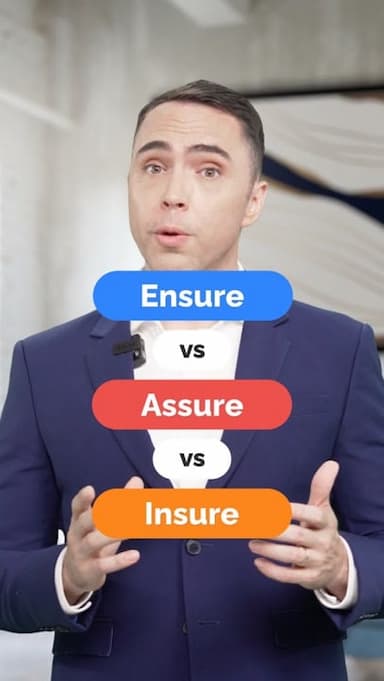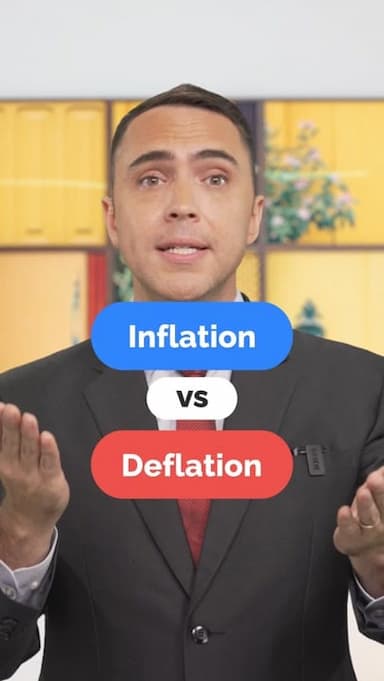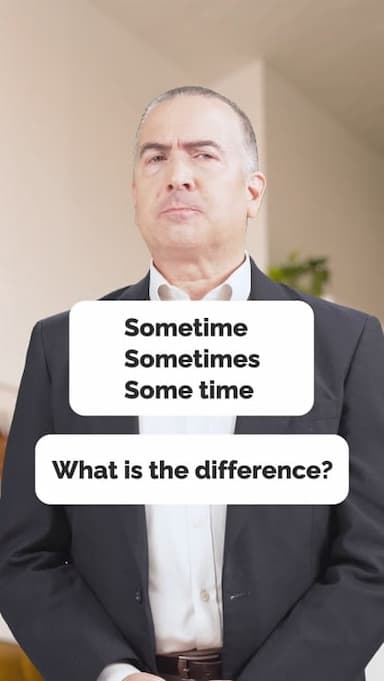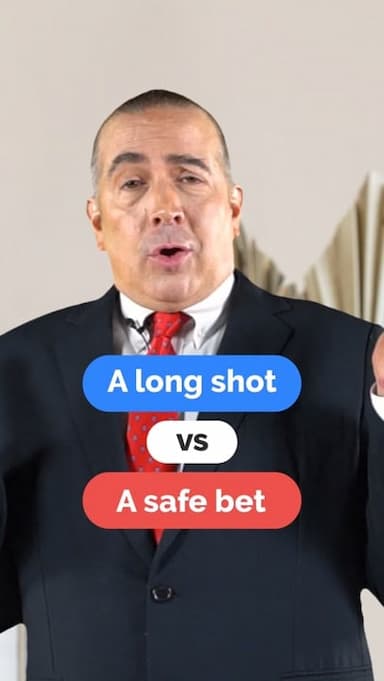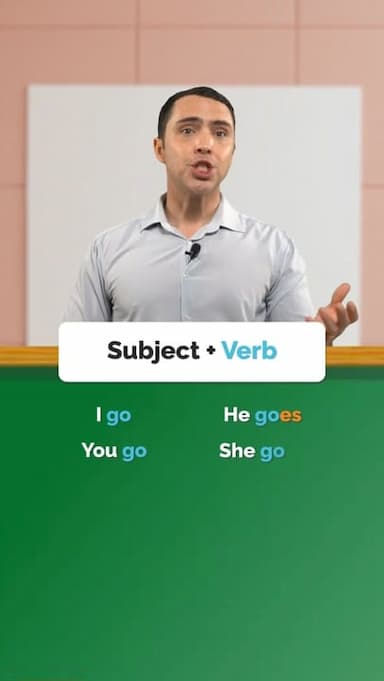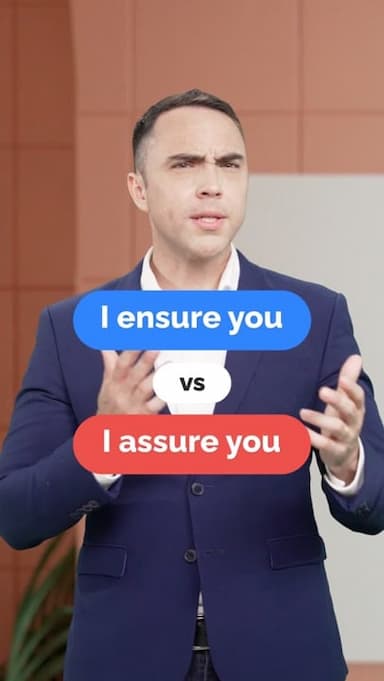Some vs Any in English Statements
Understanding when to use some and any is an essential part of learning English grammar. These small words can change the meaning of a sentence, especially in positive and negative statements.
We use some in positive statements when something exists or is available. For example, saying I have some juice means you do have juice, and you are offering or mentioning it.
On the other hand, we use any in negative statements when something does not exist or is not available. For example, I don’t have any juice makes it clear that no juice is present.
This rule helps English learners avoid confusion and sound more accurate. If you are talking about having or offering something, use some. If you are denying, refusing, or stating that something is not present, use any.
By practicing with real-life examples, you can quickly develop confidence. Imagine offering food, drinks, or items to friends. Use some if you have them to share. Use any if you need to explain that none are available.
Watch the video lesson now to see how tone, gestures, and simple sentences make the difference clear.
Get the full app experience
Engaging video lessons and fun quizzes to help you ace your English.
Improve your English Level
Improve your pronunciation
Practice conversations
Sharpen your listening Skills
Fix common mistakes in English
Learn Grammar in a fun way
Expand your English Vocabulary
Coming soon to Google Play
© 2023 fluentjoy.com

